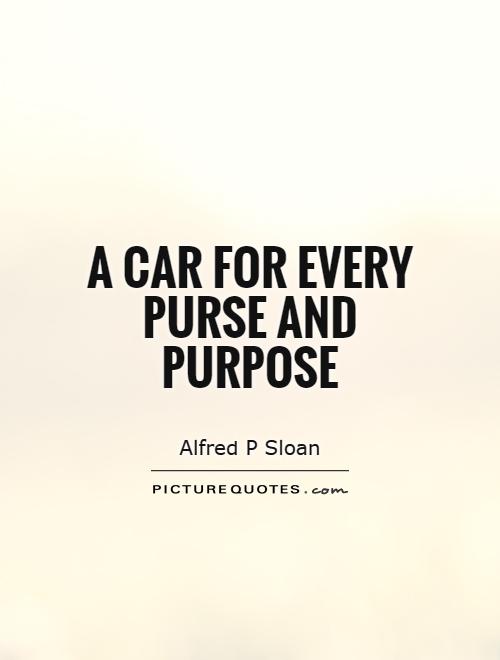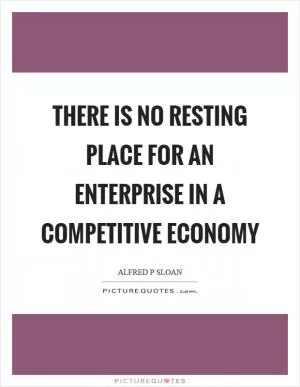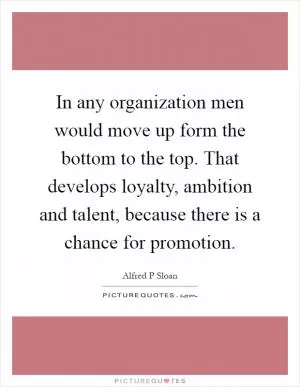A car for every purse and purpose

A car for every purse and purpose
Alfred P. Sloan, the legendary CEO of General Motors from 1923 to 1946, is often credited with revolutionizing the automotive industry with his famous slogan, "A car for every purse and purpose." This simple yet powerful statement encapsulates Sloan's vision of creating a diverse range of vehicles to cater to the needs and desires of a wide range of consumers.Sloan's philosophy was based on the idea that not all consumers have the same needs or preferences when it comes to cars. Some may prioritize affordability and practicality, while others may value luxury and performance. By offering a variety of models at different price points and with different features, Sloan believed that General Motors could appeal to a broader audience and capture a larger share of the market.
Under Sloan's leadership, General Motors introduced the concept of "planned obsolescence," which involved regularly updating and redesigning their vehicles to encourage consumers to trade in their old cars for new models. This strategy not only helped boost sales but also ensured that General Motors remained at the forefront of automotive innovation.
One of Sloan's most significant contributions to the automotive industry was the creation of the brand hierarchy, which included Chevrolet as the entry-level brand, followed by Pontiac, Oldsmobile, Buick, and Cadillac. Each brand was positioned to appeal to a different segment of the market, with Chevrolet targeting budget-conscious consumers and Cadillac catering to those seeking luxury and prestige.
Sloan's "car for every purse and purpose" philosophy not only transformed General Motors into the largest automaker in the world but also set a new standard for the industry as a whole. By recognizing the diverse needs and preferences of consumers and offering a wide range of vehicles to meet those needs, Sloan revolutionized the way cars were marketed and sold.












 Friendship Quotes
Friendship Quotes Love Quotes
Love Quotes Life Quotes
Life Quotes Funny Quotes
Funny Quotes Motivational Quotes
Motivational Quotes Inspirational Quotes
Inspirational Quotes